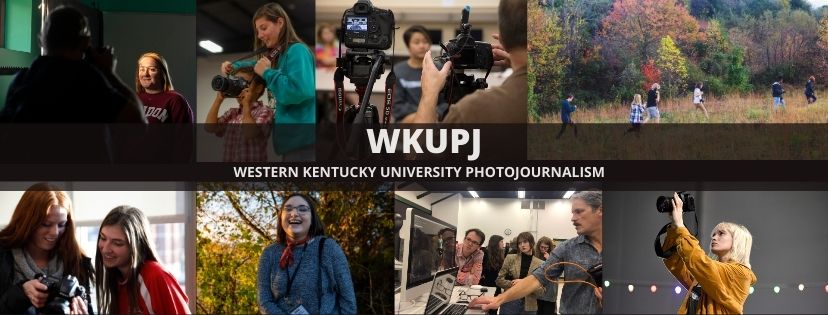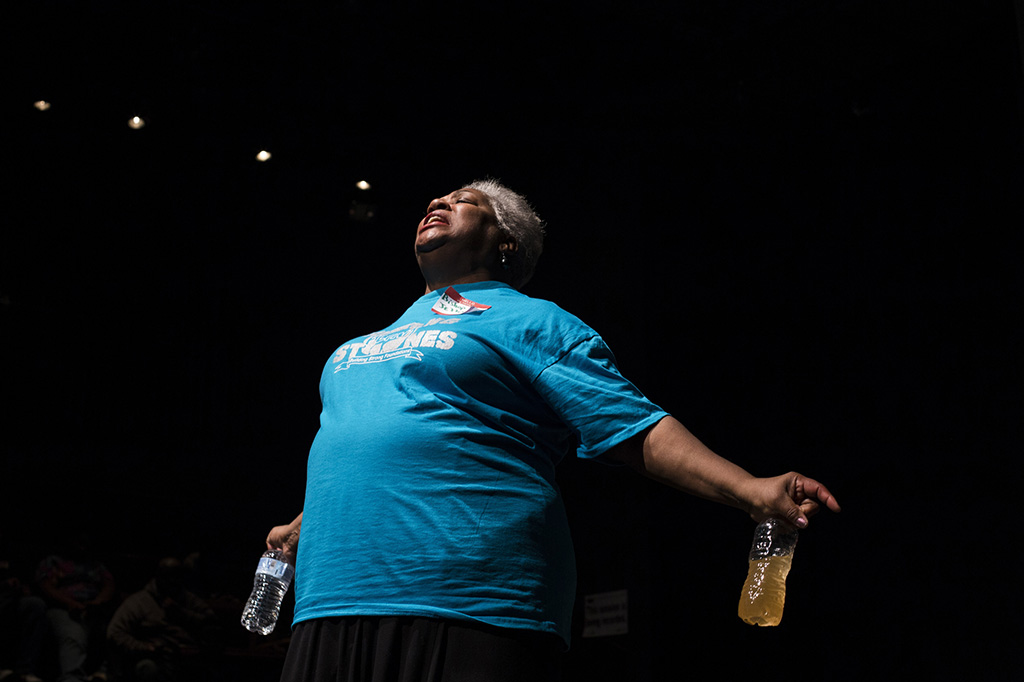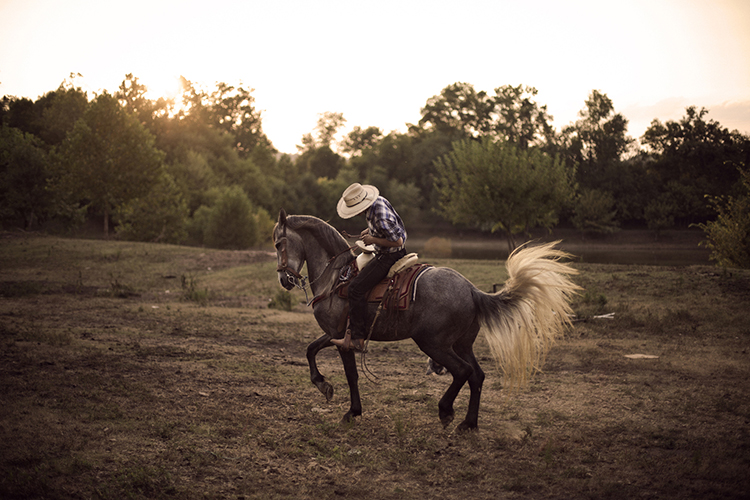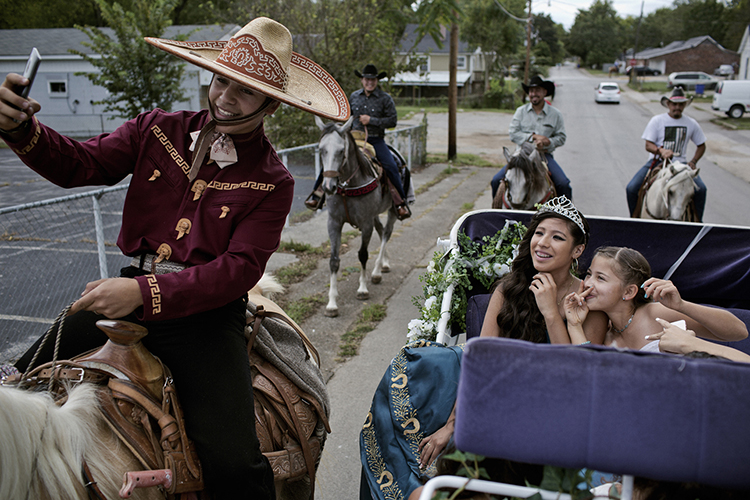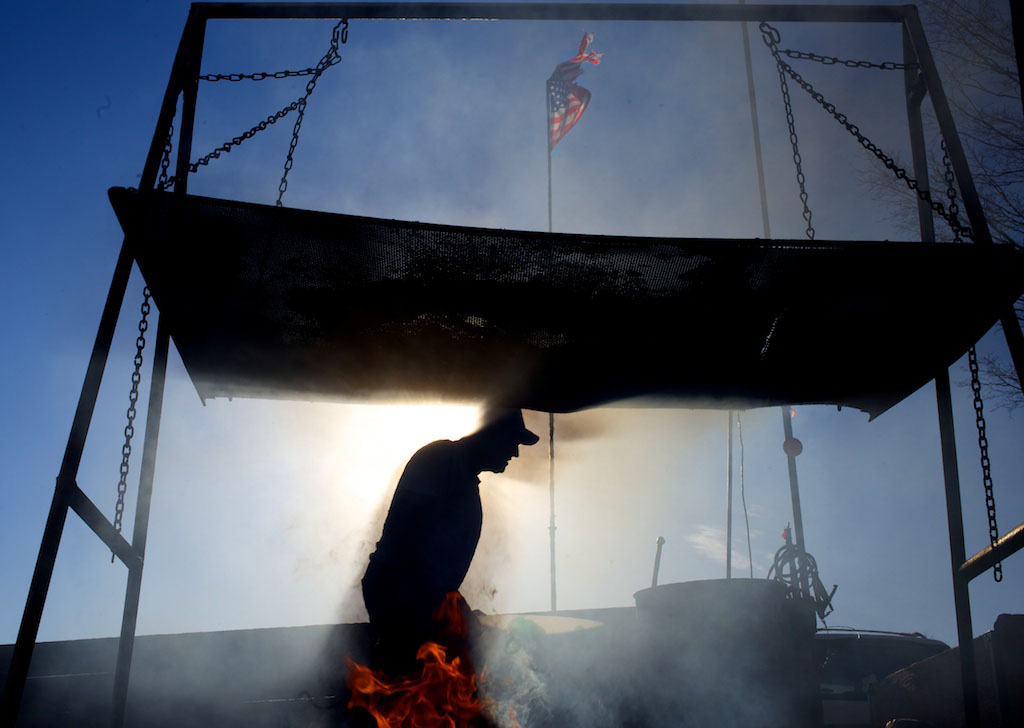
WKUPJ Wins Overall in Hearst Intercollegiate Photojournalism Competition.
Hearst Journalism Awards program recognized Western Kentucky University as the overall winner in their Intercollegiate Photojournalism Competition. This marks the 23rd year that Western as won First Place overall in the prestigious competition.
To win overall in Photojournalism students competed in two competitions, News and Features, and in Picture Story/Series.
In the first competition two students from WKUPJ could enter up to 8 images each. Senior Harrison Hill won 1st place and Sophomore Gabriel Scarlett took 2nd place with their collection of images.
The second competition was Picture Story/Series with Junior Srijita Chattopadhyay taking first place for her story about a mother’s struggle with the loss of her 12-year-old daughter who died from an overdose brought on by bullying at school. Freshman Lydia Schweickart placed 10th in the competition with her story about a mom starting her career as an exotic dancer to support her family after her fiancee lost his job.
Congratulations to our students who competed, along with the rest of our students who push to make our program a success every year. As the WKUPJ family we inspire and challenge each other to do better and in turn we all are a part of our fellow student’s success.
